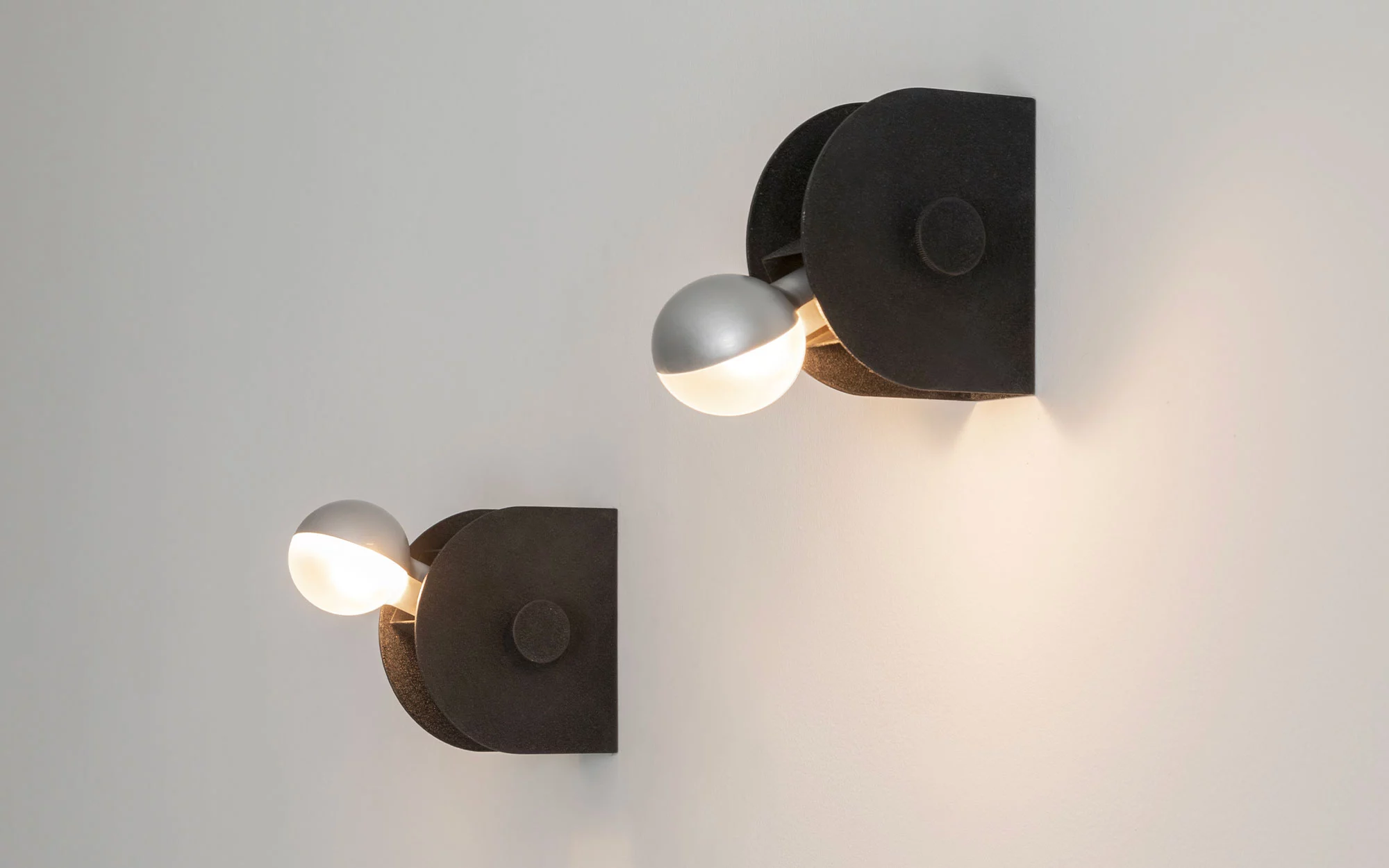KONSTANTIN GRCIC
MATCH: Design & Sport - Une histoire tournée vers le futur
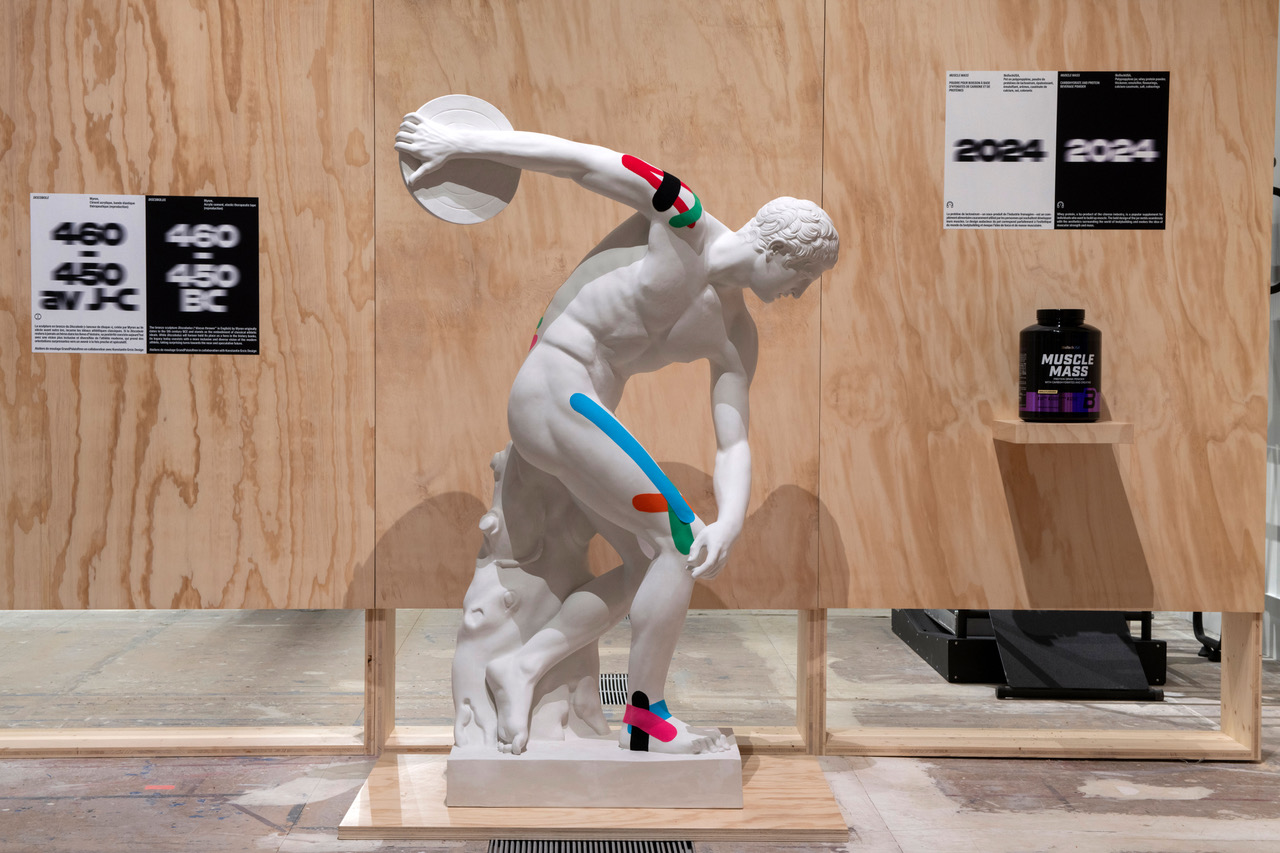
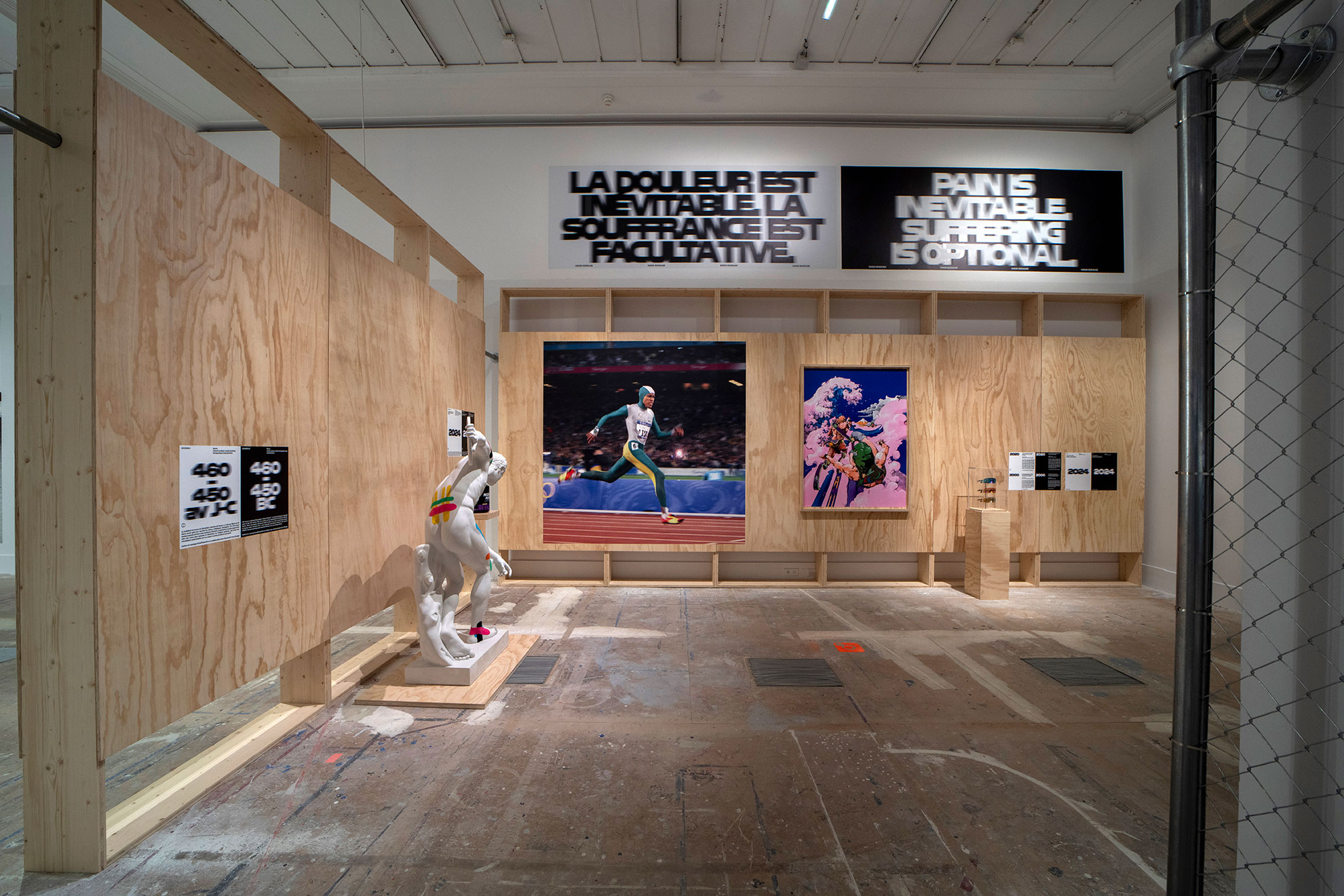
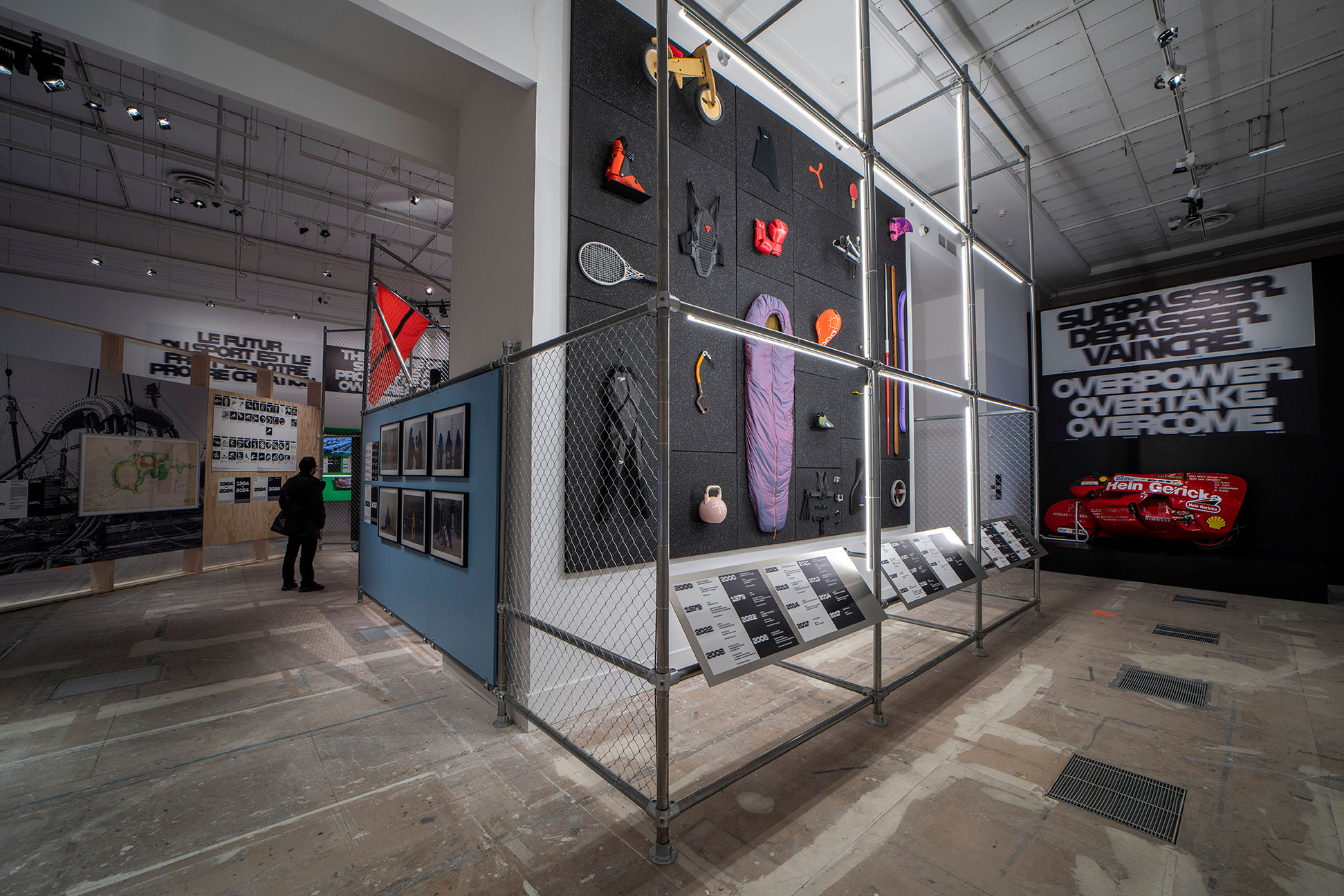
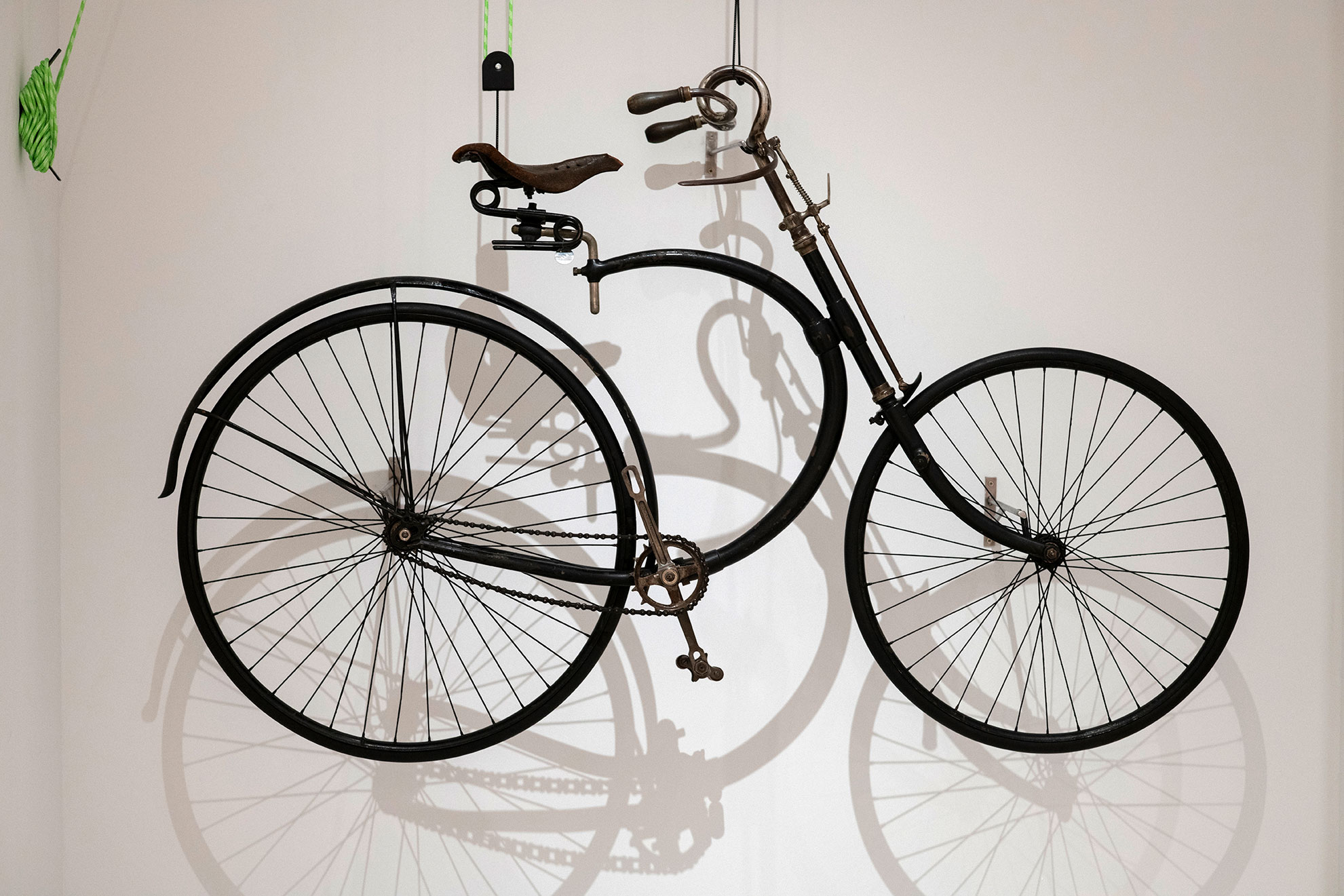
[...] The exhibition MATCH: Design & Sport - A Story Looking to the Future is held on the occasion of the 2024 Summer Olympics and Paralympics in Paris. It is conceived as a launch-pad for thinking about the future of sports by examining sports through the lens of design and exploring how design, in its many forms, is an integral component thereof. Looking at projects from the past, present, and future, “MATCH” aims to prompt a broader understanding of the relationship between design and sport.
The most obvious link between these two fields is found in equipment: sporting gear is how sports and design first became intertwined. Throughout the history of sports, design has created lighter, safer, stronger, performance-enhancing products for athletes - professionally and otherwise. Design has also helped sports become more inclusive through the development of protheses as well as the creation of virtual games like eSports. Yet as design pushes sport forward through the incorporation of the latest technologies, sport also pushes design forward: athletes desire equipment that not only looks and feels good but also - and perhaps more importantly - reflects their personal identity and gives them a boost of self-confidence. The results of the ongoing symbiotic relationship between design and sports, as shown in this exhibition, are aesthetically stunning objects and materials that simultaneously serve incredibly functional purposes.
But the impact of design within sports extends far beyond the shape, look, and feel of equipment. A ball’s weight or the responsiveness of a keyboard actually define the speed of a game. Technology enhances human capabilities and compensates for so-called deficiencies. Games - both physical and digital - are controlled by the fine-tuned designs of rules and regulations. Even the spectators’ experience is carefully designed, from camera placements and drone footage to online streaming platforms as well as the look and feel of a stadium. It is an expanded understanding and awareness of this ever-changing impact that drives the future of design and sports.
The exhibition outlines the process of how design initiates such fundamental and far-reaching changes in sports. “MATCH” showcases how things have been made historically but also how advanced technologies and digital manufacturing are spurring a shift away from standardized models and toward individualized equipment. Moreover, it explores the
future-oriented shift away from the design of physical equipment to the development and understanding of the immaterial, specifically to the opportunities that can be unlocked by data. Experts predict that, in the coming decades, the ways to enhance an athlete’s performance will rely less on material innovations and more on data analysis. In other words, there
will likely be no performance-altering material innovations; instead, the recording, analysis, and use of data will present the highest potential for future developments—and not just for those who practice sport, but for the entire industry.
With these thoughts in mind, “MATCH” presents a subjective selection of projects to reflect on and engender new ideas surrounding the multilayered connections between sports and design. It examines shifting variables throughout the past, present, and future, with one thing always remaining a constant: the people who are at the center of the experience. As the Olympic charter boldly states, “The practice
of sport is a human right.” So although the future of design and sport might be unknown, the practitioners of today are those who will shape it.
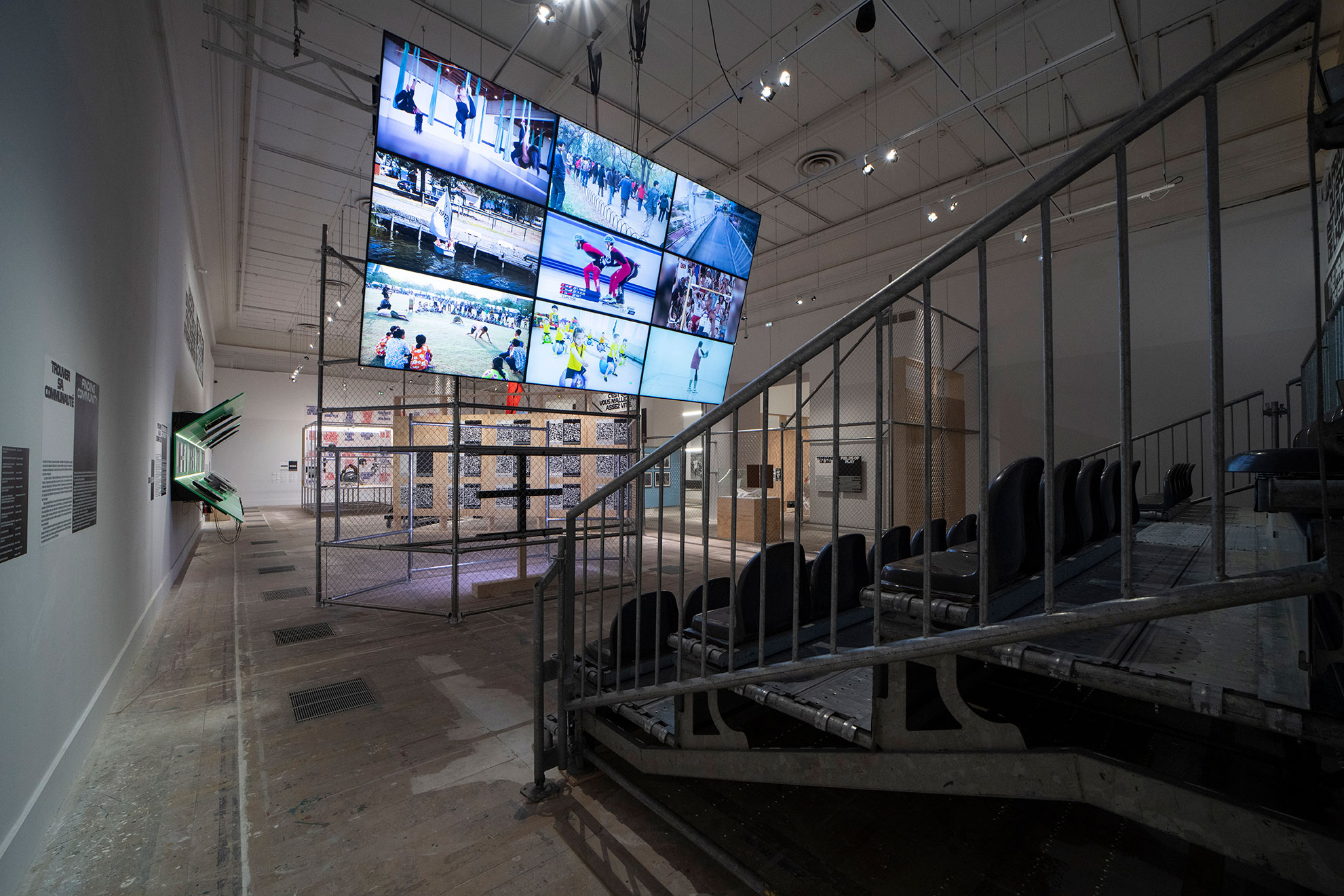
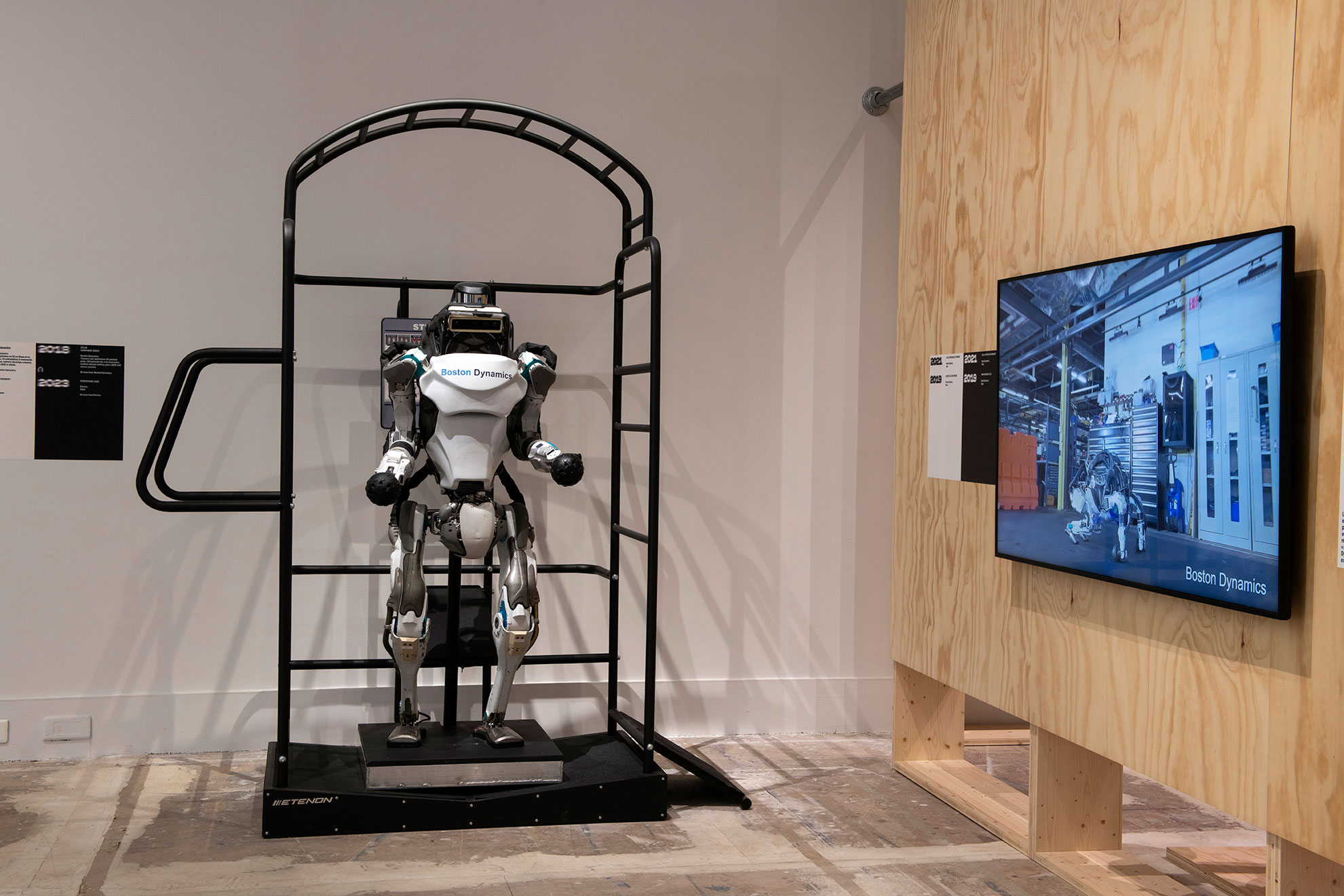
Q&A with Konstantin Grcic
What was the genesis of this project?
I began working on the exhibition by looking at sporting equipment, but I realized very quickly that I wanted the show to be about more than beautiful gear. There is so much happening on the fringes of what is typically associated with “sport,” and these different ideas excited me. So, the beautiful equipment is still in the show, but it expands much further beyond that too.
In the exhibition, design isn’t just referred to in the classical sense. It is also approached through the lens of technology. Could you tell us more about the presence of technology in the show?
When it comes to materials and gear, some of it only exists because of technology. But technology is also a key to looking towards the future—to what will exist beyond today—and it felt important to include this future-oriented lens. From this perspective, technology can be seen in relation to digitalization: how digital manufacturing technologies have influenced the shape, look, and performance of gear as well as how data has become a powerful tool. Data might not be a shiny new tangible material, but it plays an integral role in shaping the design and development of sport. In other words, the future potentials for sport lie in data, not material innovation.
What is the relationship between technology, ergonomics, and design in sports?
In sports, technology makes the development of athletic gear and digital tools possible. Ergonomics, on the other hand, relates to the fit of gear. With technology, ergonomics have reached a level that everything is made-to-measure; everything is fit specifically to the athlete for the best possible performance. Design brings these two fields together.
Could you talk about a few the key pieces in the exhibition and explain their importance?
Four key pieces are Discobolus by Myron, the Jogbra prototype, a 3D-printed helmet inlay, and the game Speedgate.
Marking the start of the exhibition is Discobolus by Myron, a beautiful ancient Greek sculpture that depicts the “ideal” human athlete or the “heroic ideal.” Although it was first created around 460–450 BC, today—15 centuries later—it still represents the archetypes associated with professional sports and human athletes. It is significant because the exhibition goes on to question and deconstruct this ideal.
Then there’s the replica of the original Jogbra prototype, which marks the invention of the sports bra. In 1977, Lisa Lindahl, Hinda Miller, and Polly Smith made the Jogbra by sewing two jockstraps together. This is a key design and development in the history of sports, as it marked a massive change for gender equality: The Jogbra created more freedom, safety, and performance capabilities for women. It is important to include this—as well as objects like prosthetics and specially designed wheelchairs—in the exhibition because sport is for everyone and needs to include everyone.
The 3D-printed helmet inlay represents how manufacturing and design have changed with technology. Throughout much of sports history, the “crush shell”—or padding that protects an athlete’s head—inside helmets was just a piece of foam. But now the crush shell can be a carefully designed, 3D-printed structure that perfectly fits an athlete’s head. It anticipates certain pressure points, where the latticed structure is then designed to be tighter and stronger, while other areas can be looser or more open. The material and specificity of the design allows for the inlay to be significantly lighter than the foam while also being even more protective.
Lastly, Speedgate is a new field game that was designed by artificial intelligence. To create the game, the AI was fed data about existing games like rugby, football, and American football. It extracted and combined the best elements from each game to create a new one. Speedgate is included in the exhibition to show how design is also about the design of the rules and regulations of a game.
What is your own relationship to sport?
I have always had a strong interest in different aspects of sport. Even though I have never been the competitive type, I enjoy the play and being out in the open air. My favourite sport is skiing, which I have practiced for my entire life. And of course, I am a big fan of professional sports like football, all kinds of motor sports, and sailing. In 2015/16 we worked with British sailor Alex Thomson on his racing yacht for the Vendée Globe and I have been completely hooked by this sport ever since.
But more than the physical or spectator experience of sport, I have always been drawn to the gear and equipment. As a kid, I went through a phase of obsessively studying catalogues of sports gear.
I was fascinated by their designs, which combine engineering and beauty. It would be true to say that sports gear was my first design teacher.
Could you tell us about one of your flagship projects?
One notable project in this context is “Champions,” a project I developed for Galerie Kreo in Paris in 2011. The project comprised a series of eight different tables made from aluminium and lacquered with fictional sports graphics. The tables are clearly inspired by sporting equipment like bikes, skis, and race cars, yet the graphics have no meaning other than to create an illusion that outgrows the objective reality of the product. In the world of sports, speed, performance, and strength are essential, and graphics are used to underline these attributes. So, the project was not just about surface decoration:
I was interested in the psychology of graphics on products and, more specifically, in how the semantics of certain colours, words, and symbols change the perception of an object.
What do you think is in store for the future of sports?
Beyond the rising importance of data which I mentioned earlier, I believe many elements of sports will stay the same. I especially believe humans will always be at the centre of sport because people are what make sport sport. The fascination with and emotions surrounding sport are all very human, and the athlete will always be at the centre of the game. At the same time, though, data, technology, and digitalization will continue to drive developments. The way we participate in sports like eSports and engage in spectator experiences will change. Technological developments will bring us much closer to the game.
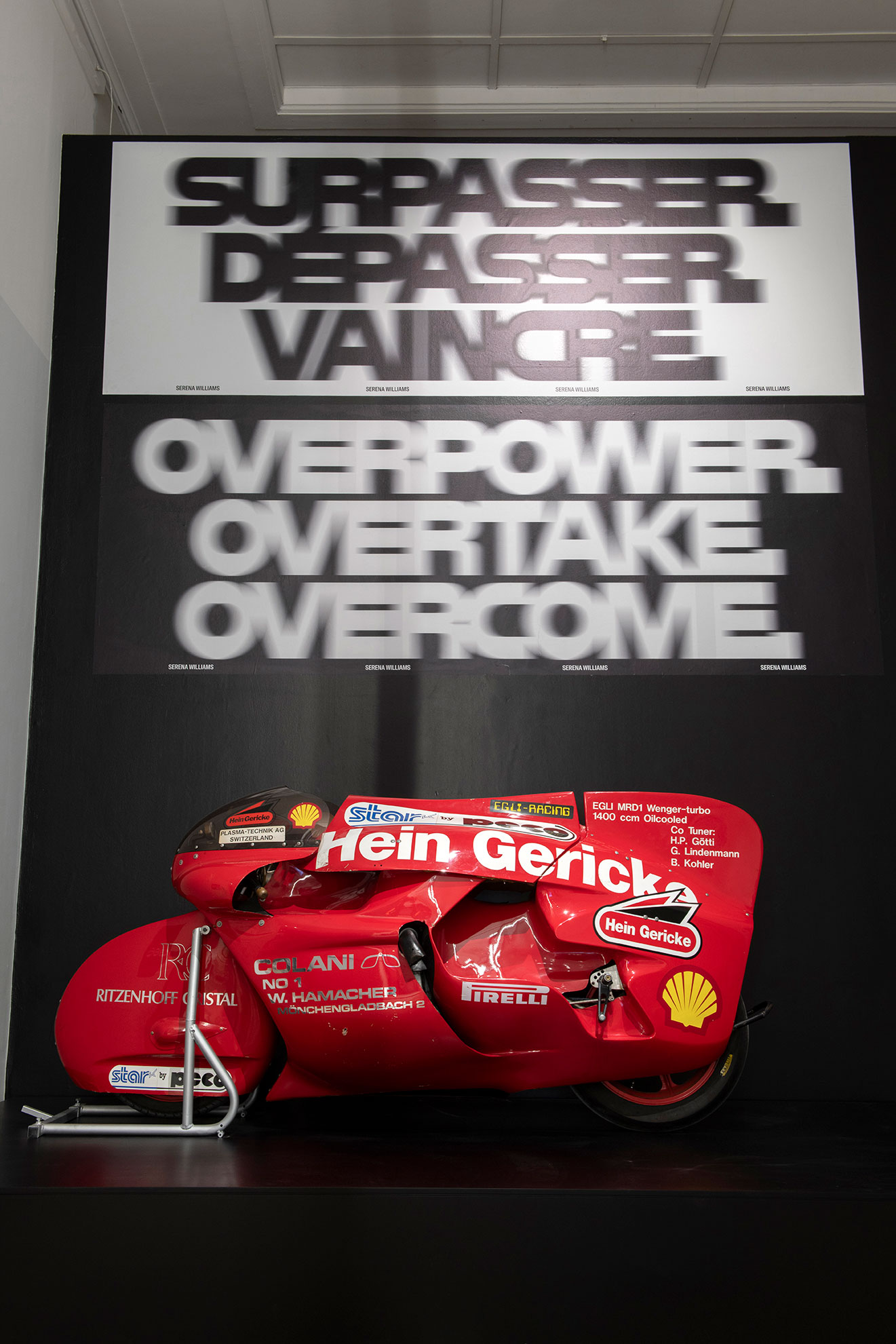
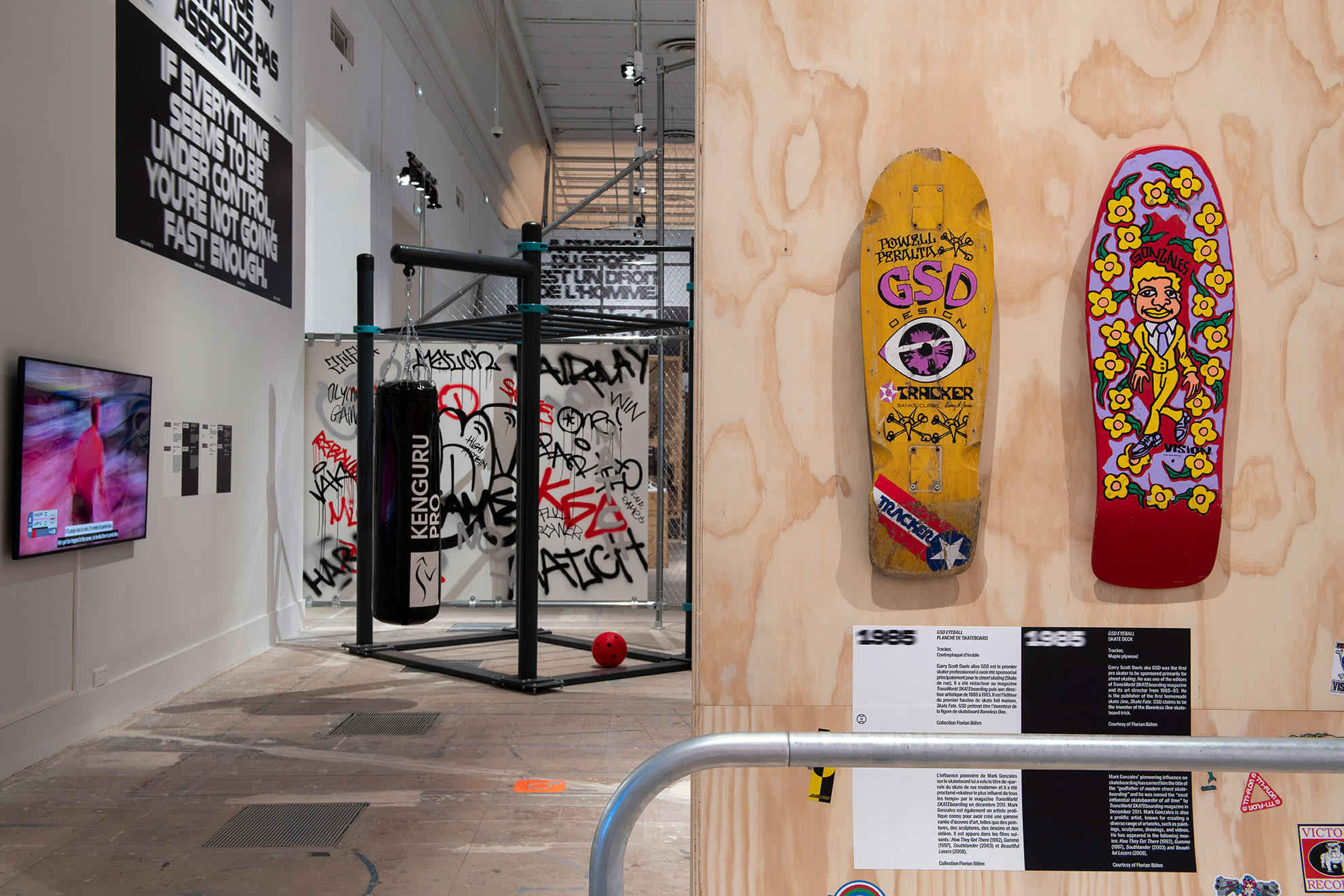
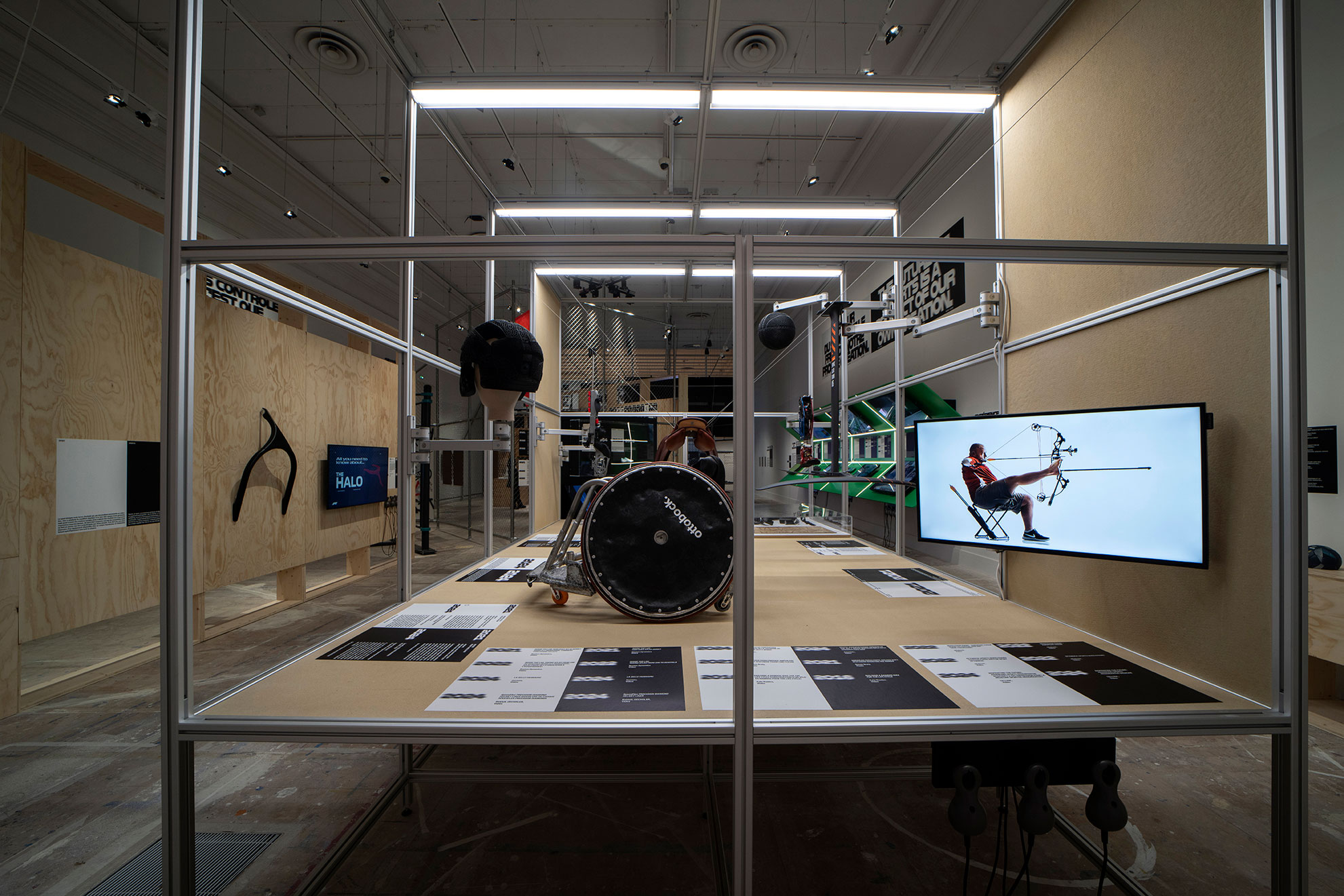
MATCH : Design & Sport - Une histoire tournée vers le futur.
Scénographie : Konstantin Grcic
© Photographies : Didier Plowy for GrandPalaisRmn,2024
More from Konstantin Grcic
Konstantin Grcic
MATCH
Design & Sport - Une histoire tournée vers le futur
